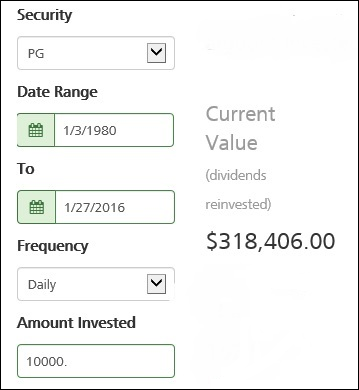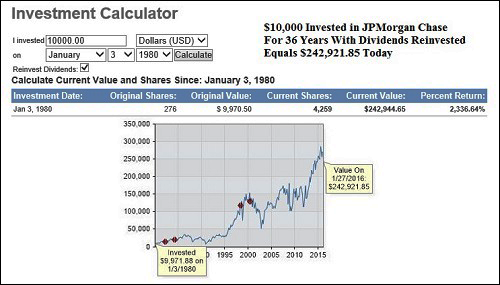By Pam Martens and Russ Martens: January 29, 2016
Jamie Dimon, Chairman and CEO of JPMorgan Chase, Testifying Before Congress on the London Whale Trading Losses at His Bank
There is quite a bit of inchoate dissonance as to whether JPMorgan Chase is a good investment. Recently, banking analyst Mike Mayo called JPMorgan Chase the “Lebron James of banking.” Lebron James is a famous basketball player who has won a lot of great awards for doing great things, including Olympic Gold. JPMorgan Chase is a bank that has, since Jamie Dimon took the helm as CEO on January 1, 2006, received a deferred prosecution agreement for two felony counts from the U.S. Justice Department for facilitating the Bernie Madoff Ponzi scheme and just last May agreed to a felony count for rigging foreign currency markets. In addition to the felony counts, there has been a serial stream of settlements for everything from rigging electricity markets to ripping off members of the U.S. military.
We don’t know why Mike Mayo would risk a libel suit by invoking the name of Lebron James in the same sentence with JPMorgan Chase but we would hope that other veteran banking analysts would give more serious weight to crimes against the investing public before lavishing high praise on a Wall Street bank.
We thought it would be interesting to see if the stock performance of JPMorgan Chase is perhaps on a par with Lebron James. Did it weather the financial crash of 2008 to 2009 better than other stocks? We decided to compare JPMorgan Chase to the stock of a household products company, Procter and Gamble. From the Fall of 2008 to March 2009, JPMorgan Chase went from $50 a share to $15 – a gut-wrenching drop of 70 percent. Procter and Gamble on the other hand had a peak to trough decline in the same period of half as much.
What about over a really long timeline – what was the share price performance of the bank that was hauled before Congress to explain gambling in derivatives with depositors money and losing over $6.2 billion of that money versus a button-down household products company like Procter and Gamble?
As it turns out, both JPMorgan Chase and Procter and Gamble have calculators on their websites that allow investors to check the performance of the stock over specific periods of time. (See here for JPMorgan Chase and here for P&G.) Since the P&G calculator would only allow us to go back as far as 1980, we used January 3, 1980 as the start date for both stocks and clicked the button to show the total return, i.e., with dividends reinvested for both.
As it turns out, you could have skipped JPMorgan’s crime spree and invested in a stable of household product names at Procter and Gamble over a 36-year period and made $75,484.15 more in the stock of P&G, starting with a $10,000 investment.
Editors’ Note: The authors do not own any shares, long or short, of JPMorgan Chase or any other bank stock. They do own moderate amounts of Procter and Gamble. This is not a recommendation to buy or short any stock. You should speak to your own investment professional before making any investment decision.



